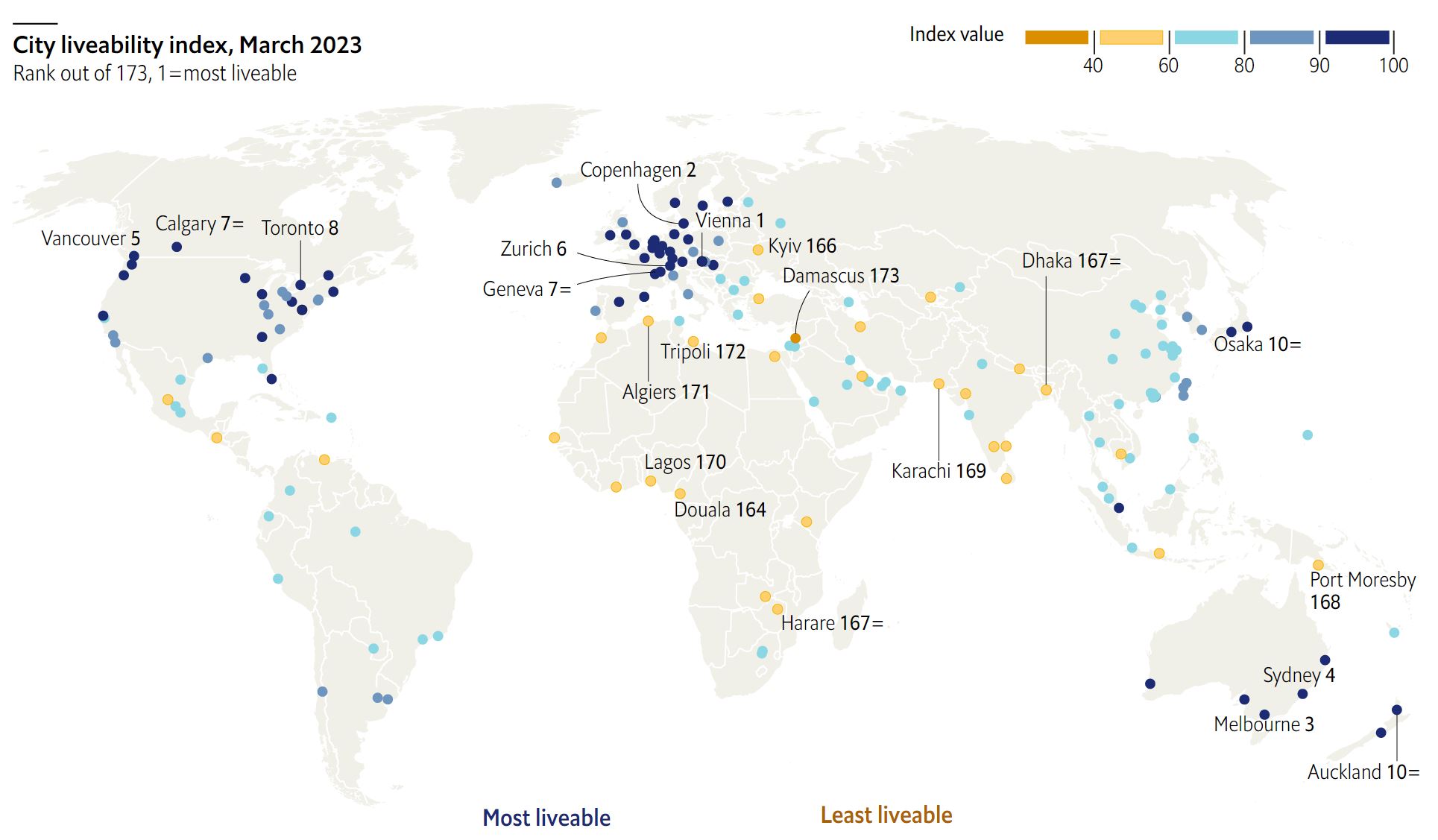I have a favour and it’s important.
Be honest with me, just for a moment, and answer this critical query:
Do you like to smell the inside of a brand-new book?
It’s rhetorical, I know. Because everybody likes to open up a magazine, hear the crack of the spine, and take a deep inhale of the pages inside.
Pretend for a moment, if this is even at all possible, like you didn’t squirm with delight on the first day of Grade Nine when you saw a stack of brand new science textbooks make their way into the room. You knew that you were only moments away from touching that vestal virgin cover of “Sciencesplorations Version 9” and being the first to sniff the printer ink that adorned both sides of the three-hundred some-odd pages of glory.
If you think I’m being weird, it’s because you’re weird.
What I’m describing is totally normal.
Bibliosmia is legit.
Every September, my Toronto Realty Group team and I produce a magazine that we call “INSIGHTS.”
Lots of real estate brokerages and teams produce magazines, but (no surprise here…) we think ours is different, and we think the difference makes it the best.
For one thing, we write all our content. No copywriters over here.
But more importantly, many brokerages and teams produce magazines of pretty pictures or “real estate porn,” which you can get just about anywhere, and that’s the complete opposite of what we set out to do.
My team and I write articles. Yes, “words-and-stuff,” like a newspaper or a real magazine! No advertisements for pre-construction condo projects or car dealerships to help pay for our print run, but rather content that’s from the heart, as cheezy as that sounds, and each article reflects us individually.
Chris, Matthew, Tara, Jonathan, and myself, along with Lucie Brand (our stager), Tony Della Sciucca (our mortgage broker), and the one and only Christan Bosley (President and Broker of Record of Bosley Real Estate), have each written articles for our 2024 INSIGHTS magazine:

Since we don’t quite have the resources to drop copies of the magazine across the city from a hot-air balloon, I’m going to share the articles with you over the coming weeks here on TRB.
We’ll start today with an article by our resident optimist, Chris Cansick who took a look at just how and why we’re fortunate to live in the city of Toronto…
Toronto, Don’t Lose That Lottery Ticket!
By: Chris Cansick
INSIGHTS, 2024
Nowadays, it seems as though I can’t get through a week without someone sending me a piece of media or wanting to talk my ear off about Toronto real estate. We are quite literally obsessed with houses and condos in this city, and perhaps for good reason, but there is so often a biased spin within most of what we read that it’s hard not to take every real estate column with a grain of salt.
Any good journalist can manipulate numbers to support the story they want to tell, or pick and choose whether to report on prices, sales volume, or inventory, depending on whichever best fits their narrative.
“Rates are up, and the sky is falling!”
“Buyers are priced out of detached homes!”
“There aren’t enough homes being built!”
“Inventory rises and prices are set to tumble!”
The list goes on, and every day it’s a new spin. There may be truth to many of these stories, but it’s just starting to feel like a weekly back-and-forth between the bulls and bears, the owners and the renters, and the sellers and buyers that goes on to tell part of the same story over and over again.
I often find the bias of the journalist, or the publication is so blatant, that it’s clear they’re using real estate as a vehicle to make a larger point.
This is why I appreciate The Economist as I find it’s the least biased publication left in the world. Or rather they do have a bias, which is stated so blatantly as “We believe in free market economics,” that you know what to expect with every article or opinion expressed therein.
Every year, the Economist Intelligence Unit (EIU) ranks the most livable cities in the world to quantify the challenges presented to corporate citizens moving from one city to another.
Every city is assigned a rating of relative comfort for over 30 qualitative and quantitative factors across five broad categories: stability, healthcare, culture and environment, education, and infrastructure.
Each factor in a city is rated as acceptable, tolerable, uncomfortable, undesirable, or intolerable.
For qualitative indicators, a rating is awarded based on the judgment of in-house analysts and in-city contributors. For quantitative indicators, a rating is calculated based on the relative performance of several external data points.

The overall ranking includes these broad categories with the following respective weights:
*Infrastructure: 20%
*Education: 10%
*Culture and Environment: 25%
*Healthcare: 20%
*Stability: 25%
As a by-product, the rankings also provide a snapshot of the least and most desirable cities to live in and provide a relatively unbiased report on the status of our fair city here in Toronto. For those of you who are unfamiliar with the index, I can summarize very briefly by saying that if you want to live in the best cities in the world – head to Western Europe, North America, Australia, Japan, or New Zealand. If you count yourself lucky enough to live in any of the major cities within these countries or continents, then congratulations because you’ve already won the lottery.
And among these winners, there’s an even luckier few that happen to live in the top 10 cities in the world where Toronto is consistently ranked. So, while you might not feel like it every day, because of any number of issues you experience or read about on a day-to-day basis (traffic, affordability, taxation, lack of infrastructure, politics etc.), on a relative basis, you’re actually among the lottery winners.

The truth is: we live in one of the best cities on planet Earth.
Just something to keep in mind next time you’re stuck on the Gardiner or feeling enraged about some municipal political issue, right? We could all use some perspective.
But while reflecting on Toronto’s consistent placement on the EIU’s annual list, I started thinking bigger: how did we get here, what exactly makes a great city, and most importantly, can we expect to continue this great triumph into the near future?
To nobody’s surprise, it turns out that great cities take great planning! And as Toronto has rocketed from a smaller North American city into an International Metropolis in a relatively short timeframe, there has been careful planning behind the scenes guiding its growth. The last version of Toronto’s official plan was installed in 1997 and it’s no coincidence that many of the principles outlined by the plan align with the Economist Intelligence Unit categories used to evaluate the definition of a great city.
Toronto’s official plan outlined four major principles:
*Diversity and Opportunity
*Beauty
*Connectivity (Infrastructure)
*Leadership and Stewardship.
As defined by the plan itself, “The vision of the Plan was about creating an attractive and safe city that evokes pride, passion and a sense of belonging – a city where people of all ages and abilities can enjoy a good quality of life.”
If it sounds synonymous with a “great city to live in,” that’s no coincidence, and I think we should stop to celebrate the fact that to a great extent, the plan has been successfully implemented, as evidenced by our scores in the Economist’s livability index.
But what’s next? Surely, we cannot rest on our laurels and expect this success to continue without further guidance and effort. By 2051, the city of Toronto will supposedly be home to another 700,000 + new residents and thus it will require 450,000 + new jobs. In addition, and somewhat anecdotally, of the five categories covered by the Economist’s livability index, stability seems to be the category showing the most weakness. Inflation, dissatisfaction with working conditions, and occasional shortages of goods have sparked wage strikes and protests in many cities. Strains on public order and economic headwinds have also contributed to increased crime levels in many cities, and these will continue to be a risk for us all in the future.
The job of City Planner is far from over, and in anticipation of this growth and related competition for residential and employment space, the City has accordingly revisited its goals and vision for its long-term future, and the necessary planning and development considerations required to get us there.
As of March 2024, under the new leadership of Mayor Olivia Chow, the city’s official plan was amended to reflect the changing times and priorities among our leadership. “As our city evolves, so must our priorities,” she said, “And we must be prepared for the remarkable growth, investment, and change in Toronto.”
The new planning priorities of the official plan have been altered and now read as follows, Reconciliation, Access to Housing, Equity, and Inclusion.
I certainly don’t think that any of the principles outlined in the new plan aren’t fundamental to a healthy community, however, there does seem to be something missing.
In fact, I might argue that all four of these new principles would have fallen underneath the first principle in the old plan. Under the very first original principle, Diversity and Opportunity, it states that “To be successful, our future must also be diverse, inclusive and equitable.”
It goes on to list a future city whereby:
- housing choices are available for all people in their communities at all stages of their lives;
- ecological diversity is conserved and nurtured for future generations; • multiculturalism is celebrated, and cultural diversity is supported;
- a variety of jobs is available to people with a range of education and abilities that create and sustain well-paid, stable, safe, and fulfilling employment opportunities for all Torontonians;
- people have equitable access to a range of leisure and recreational opportunities; • people with special needs are supported to live in their communities;
- public transit is universally accessible, and buses and streetcars are an attractive choice for travel;
- diverse employment areas can adapt to changing economic trends and are poised to capture new business opportunities;
- well-being is measured by how well we provide for our children and the most disadvantaged among us;
- no person pays more than they can afford for shelter;
- educational opportunities are available for people of all means and abilities;
- children and youth find their surroundings safe, stimulating and inviting;
- the elderly can live comfortably and securely;
- people enjoy freedom of conscience and religion, and opportunities for such enjoyment are supported;
- adequate amounts of safe, nutritious, culturally acceptable food are available to all; and
- communities are supported by equitable access to opportunities, resources, and services.
I acknowledge that there is no specific wording about Reconciliation contained in the section above, but this was not a prominent topic back in 1997.
Regardless my point here is that outlined within the first original principle of Toronto’s official plan; Diversity and Opportunity, were the notions of Accessibility for all, Diversity, Equity, and Inclusion which are almost identical to the entirely new four principles offered in 2024 by Mayor Olivia Chow.
It’s not that I believe these principles aren’t worthy pursuits, but rather given the enormous population growth that Toronto is expected to see, I think we might regret omitting the principles that spoke to the need for connectivity through infrastructure, or beauty through design and green space, or empowered leadership across all of our communities.
Maybe the old plan wasn’t so bad?
Or perhaps it’s simply time for more than just four principles…
































TOPlanner
at 9:49 am
Great article! Smart connection between Official Plan policies and livability metrics
Milk Man
at 3:20 pm
You cannot convince me that Chris Cansick isn’t secretly Reed Diamond. The facial similarities are too prevalent to be coincidental.